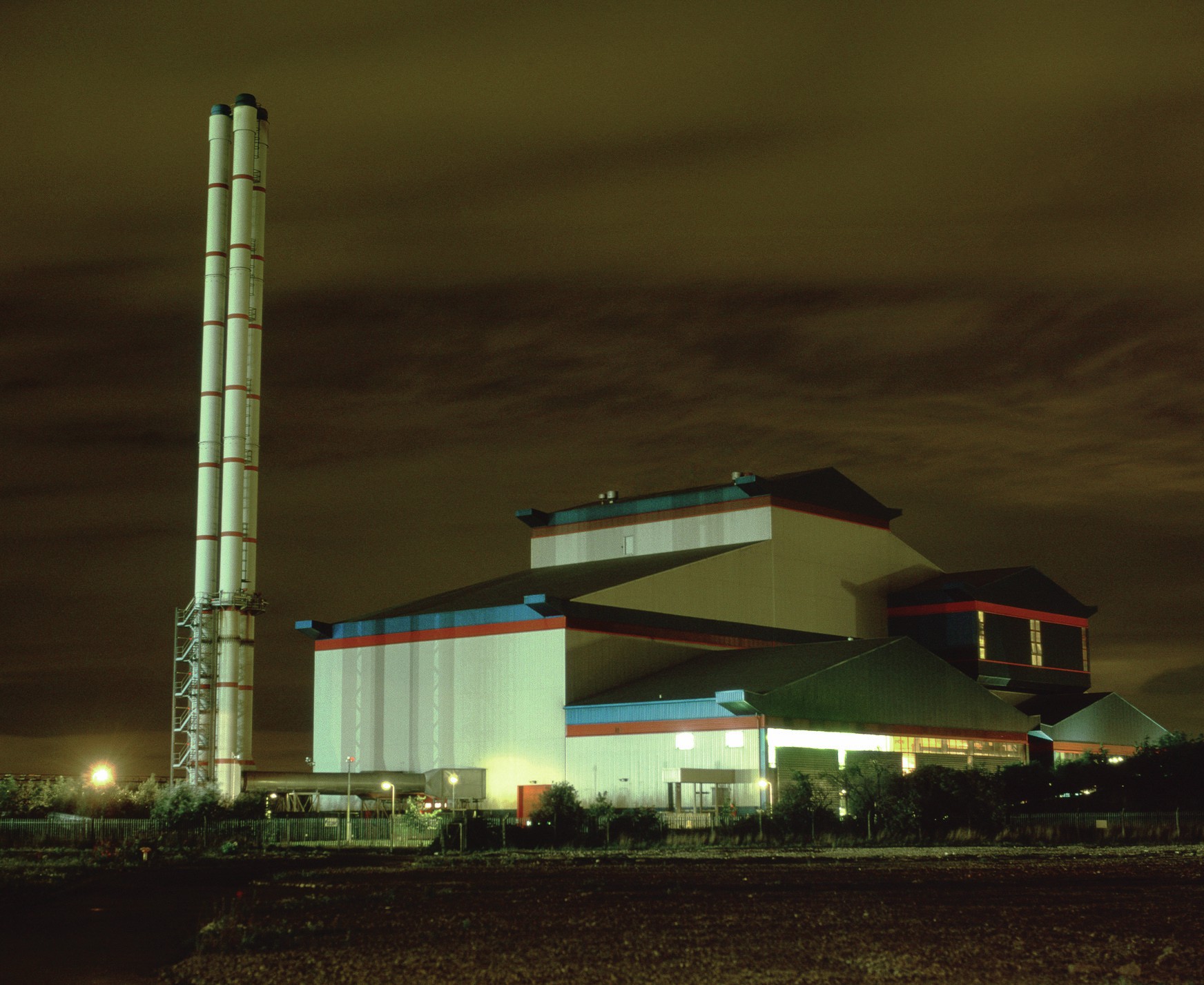
Controversial new European legislation allows the incineration of waste for energy production. Generally, industry and business support the idea but some NGOs and pressure groups have campaigned against WtE plants, emphasising the negative health and environmental impacts of burning more waste.
Nottingham boasts the first recorded waste incineration plant, dating back to 1874. Its incineration plant, known as ‘The Destructor’, burnt mixed fuel to produce steam for the generation of electricity. In the next 30 years, around 250 ‘Destructors’ were built around the UK. In the period that followed incineration was considered uneconomic and landfill dominated as a means of waste disposal. Incineration technology was gradually reintroduced in the 1960s and 1970s, but in the 1980s and early 1990s many incinerators in the UK and Europe were closed. This was because of the introduction of emissions controls, in the form of the 1990 Environmental Protection Act 1990, and an EU directive on air pollution. However, another EU directive concerning urban wastewater treatment prohibited the dumping of sewage sludge at sea, which revived interest in incineration.
Your organisation does not have access to this article.
Sign up today to give your students the edge they need to achieve their best grades with subject expertise
Subscribe




